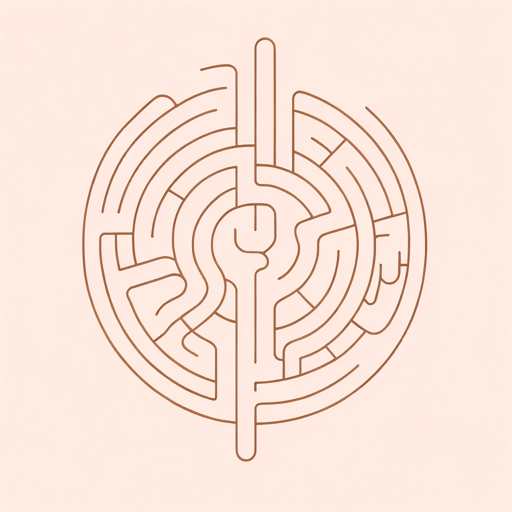33 pages • 1 hour read
Jorge Luis BorgesThe Garden of Forking Paths
Fiction | Short Story | Adult | Published in 1941A modern alternative to SparkNotes and CliffsNotes, SuperSummary offers high-quality Study Guides with detailed chapter summaries and analysis of major themes, characters, and more.
Background
Scientific Context: Borges and New Physics
Dr. Albert remarks that Tsun’s ancestor Ts’ui Pên did not agree with older thinkers like Newton and Schopenhauer on the subject of time and the universe. Ts’ui Pên’s concept of time as a web has more in common with newer modes of theoretical physics with which Borges would have been familiar. Around the turn of the 20th century, physicists began to understand that the motions of the universe might be more complex and unpredictable than previously supposed. Scientists like Max Planck, Niels Bohr, and Albert Einstein examined the behavior of light and the structure of atoms; their work upended traditional understanding of time, perception, and relation.
By the time Borges wrote “The Garden of Forking Paths,” multiple Nobel prizes had been awarded to scientists for their work in relativity and quantum mechanics. Theories refining our understanding of atomic structure became more popularly discussed, as with Erwin Schrödinger’s famous 1935 thought experiment, the cat in the box. In this thought experiment, a paradox emerges in which a cat is both dead and alive until someone observes the cat, at which point the act of observation determines whether the cat is dead or alive. In other words, the paradox is that the quantum system can exist in multiple states simultaneously, not unlike the Borgesian forking paths.
Related Titles
By Jorge Luis Borges

Borges and I
Jorge Luis Borges

Ficciones
Jorge Luis Borges
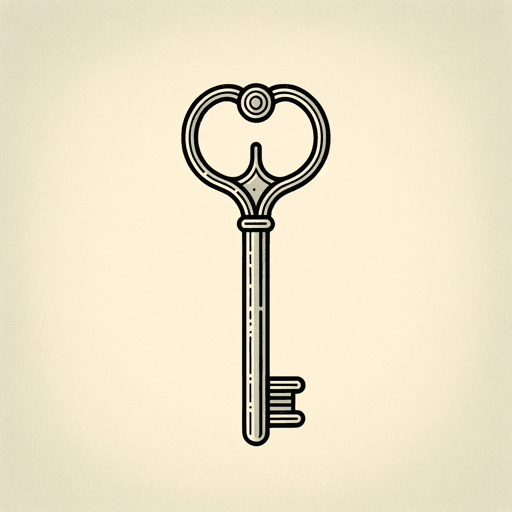
In Praise of Darkness
Jorge Luis Borges
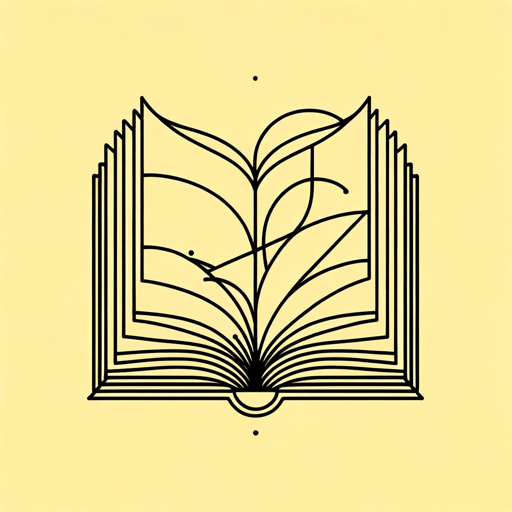
Pierre Menard, Author of the Quixote
Jorge Luis Borges

The Aleph
Jorge Luis Borges

The Aleph and Other Stories
Jorge Luis Borges
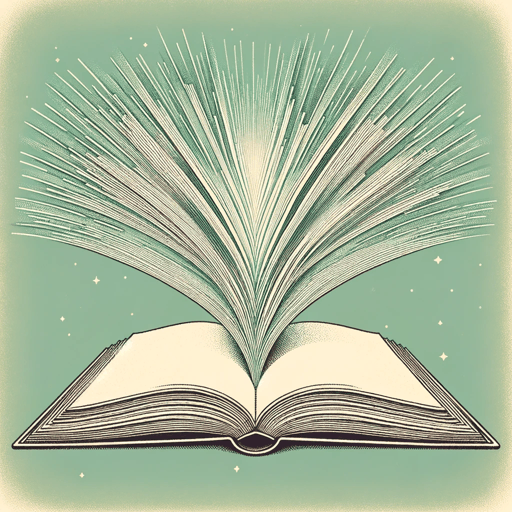
The Book of Sand
Jorge Luis Borges
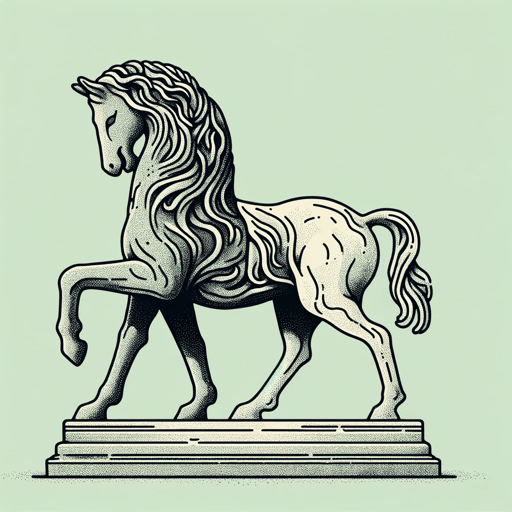
The Circular Ruins
Jorge Luis Borges

The Library of Babel
Jorge Luis Borges
